Aircraft
Heinkel He 219 A-2 “Uhu” Night Fighter
Pilot & Markings
Nachtjagdgeschwader 1 (I./NJG 1), Night Fighter Wing, May 1945
Scale & Kit
1/48 Scale Tamiya Model
History
Nicknamed the “Uhu”, a German word for owl, the Heinkel He 219 was one of the German Luftwaffe’s most advanced night fighters. From the time when the first prototype took flight in November of 1942, the aircraft was labeled as complicated and expensive to produce.
The sophisticated design included several innovations. It was the world’s first operational military aircraft to be equipped with ejection seats. It also featured a pressurized cockpit for high altitude performance and an advanced onboard intercept radar system that was exceptionally effective for hunting bombers at night. Furthermore, the Uhu was developed as the Luftwaffe’s first aircraft with a tricycle landing gear arrangement. The He 219 A-2 variant, represented in this scale model aircraft, was powered by two 1,750 horsepower Daimler-Benz DB 603 A engines. It also featured two fixed Mk 108 Cannons on the fuselage that fired upward at 65 degrees to the line of flight. With heavy armament, radar capabilities, speed and maneuverability, the Uhu was more than a match for its rival, the RAF de Havilland Mosquito.
Approximately 268 Uhu aircraft were produced, with almost all operational units being assigned to the Nachtjagdgeschwader 1 night fighter unit (I./NJG 1). Here, the Heinkel He 219’s primary task was to counter nighttime bombing raids by Allied forces. In the later stages of the war, the NJG 1 unit was heavily involved in The Battle of Berlin, a final major offensive of the European theatre. However, the night fighter never played a significant role, due to the industries failure to produce sufficient numbers. The Uhu featured in this scale model aircraft (W.Nr. 290123, code G9+TH) was surrendered at Westerland-Sylt air base in 1945.
The highly detailed 1/48 Tamiya scale model aircraft kit was used for this project. This kit is labeled as a Heinkel He 219 A-7 variant. Certain parts, such as the antennas, are exceptionally fine molded and require careful attention. The upper surfaces were painted RLM 76 with a mottle of RLM 75, while all undersurfaces and vertical tail surfaces were painted matt black. Enjoy the photos.
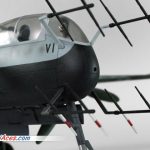
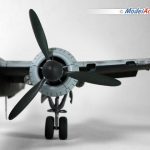
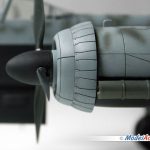
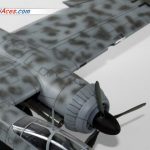
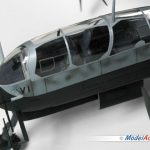
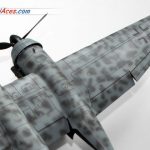
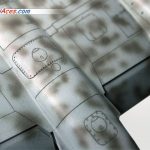
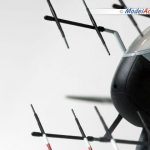
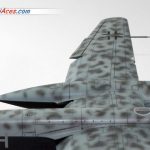
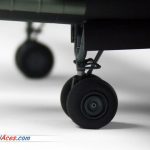
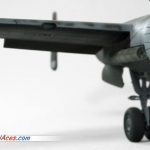
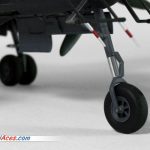
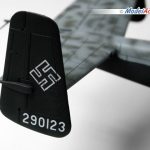
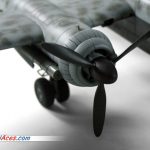
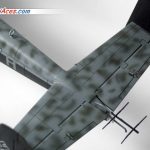
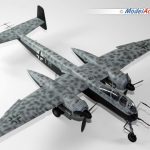
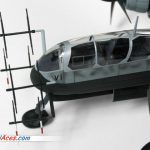
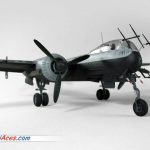
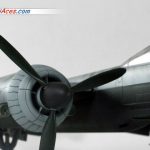
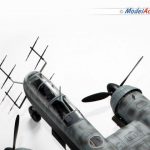
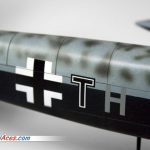
Leave a Reply